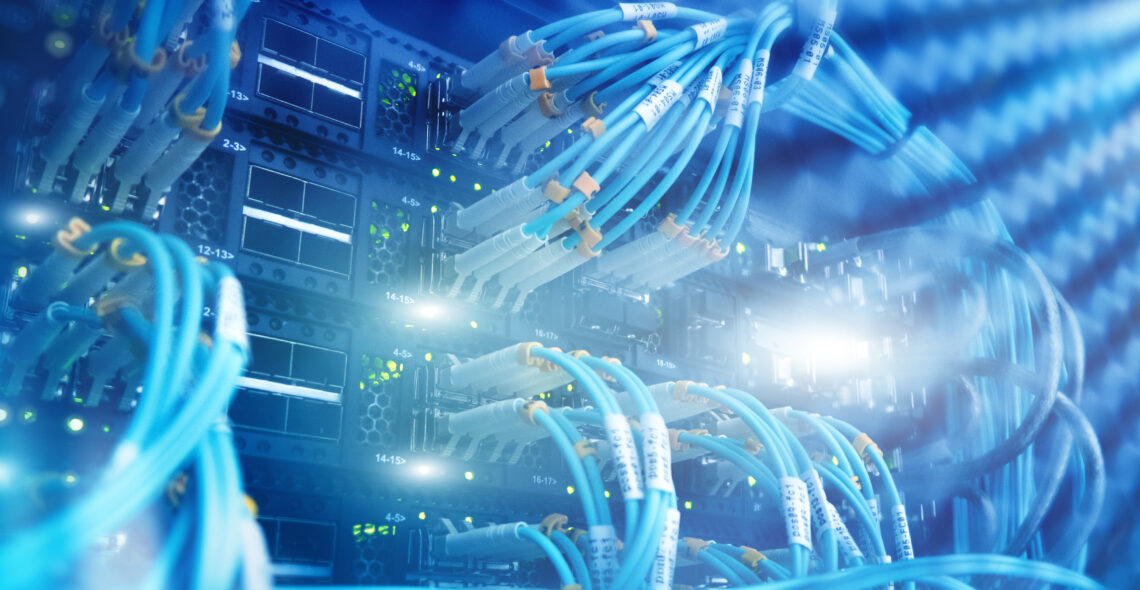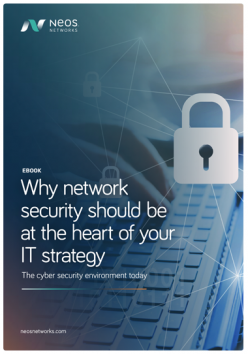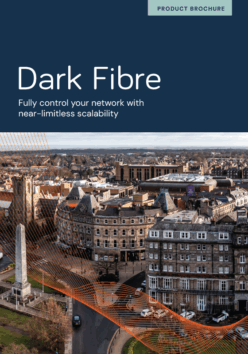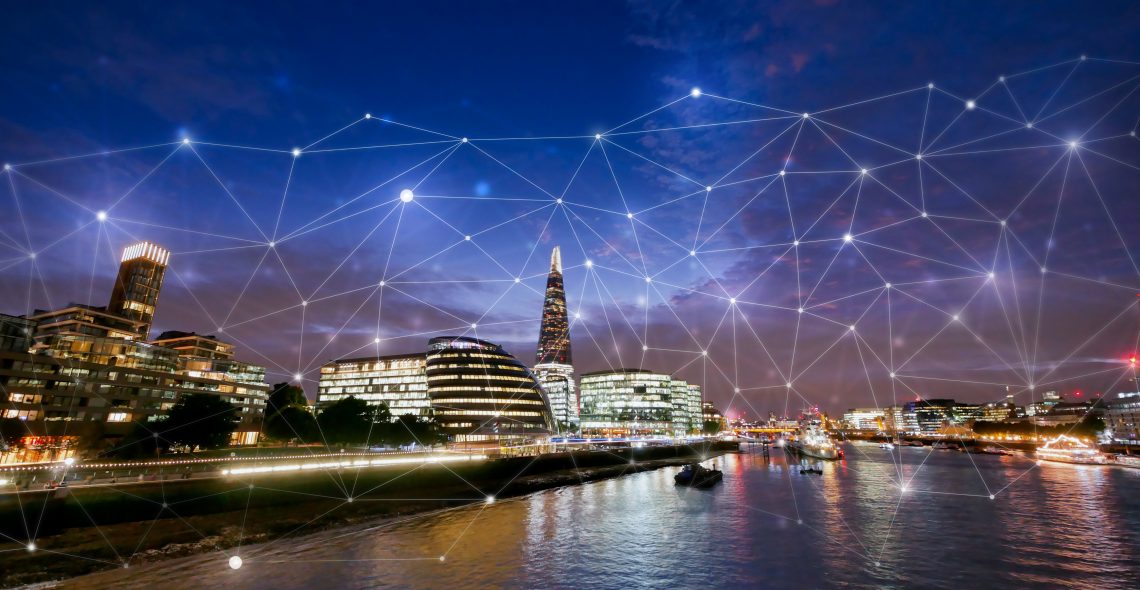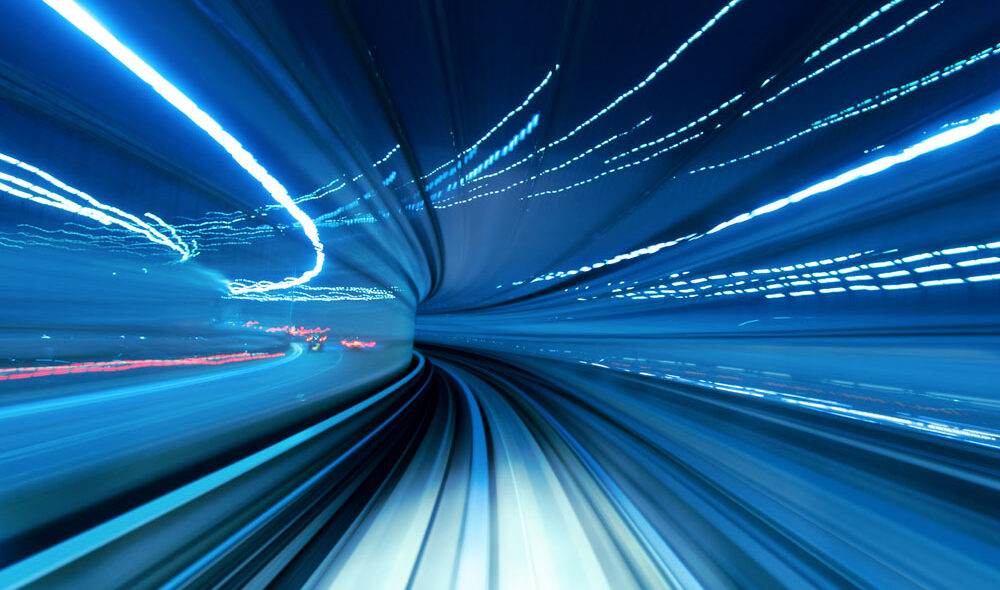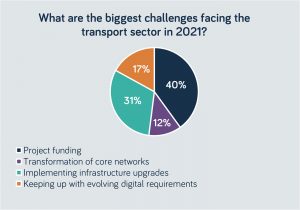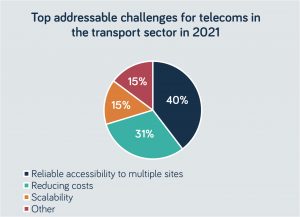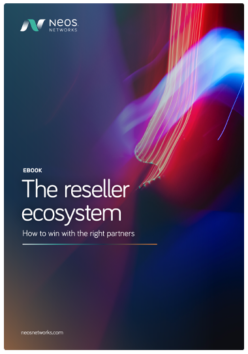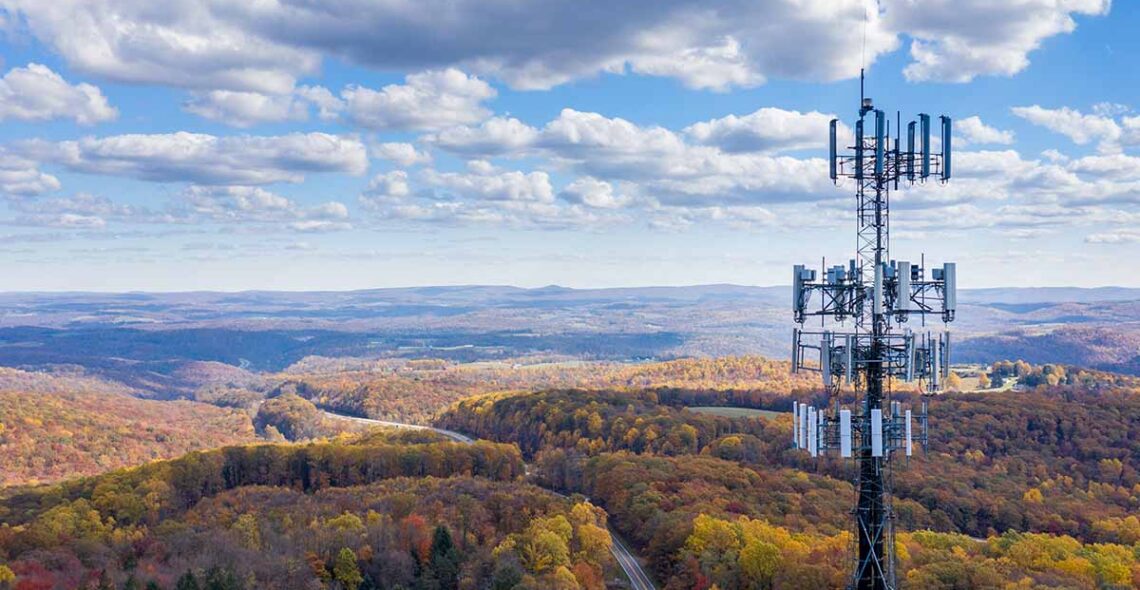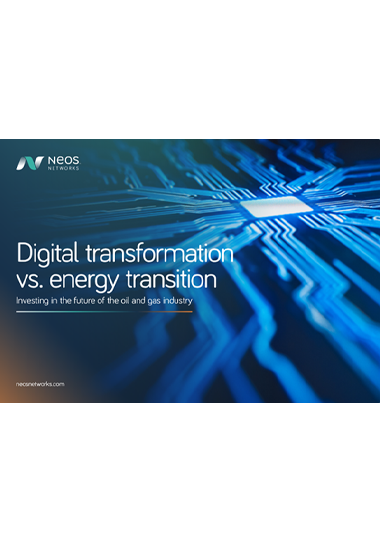WAN is a hot topic in the industry right now, but with several service options available, how do you know which is right for your business? As technology and connectivity evolves, WAN has become a vital component in every IT leader’s armoury. The need to have clear visibility over your network is essential and assembling a business case to improve your existing WAN or to implement SD-WAN can be complex. IT leaders must find a solution that not only aligns with their own priorities but also with the wider company agenda.
Ensuring the network is performing to the best of its ability, as well as reducing spend is key in today’s climate. With this in mind, we’re going back to basics, looking at what a Wide Area Network is, what types of WAN are available, and the advantages wide area networking provides.
What is a Wide Area Network?
A WAN is a collection of Local Area Networks (LANs) joined together to form a connected, typically private, network. Organisations have historically used WANs to enable geographically distributed sites to communicate with each other effectively and privately. There are a large number of technologies involved in creating a private WAN, including Multiprotocol Label Switching (MPLS), Virtual Private Networks (VPNs), Ethernet, Wireless (cellular) and Internet connectivity.
More recently, WANs have evolved to take advantage of more advanced orchestration of connection types and relative importance of different applications and traffic. This has become known as Software Defined WAN or SD-WAN.
What is the purpose of a Wide Area Network connection?
Quite simply, its purpose is to securely connect multiple sites together in order to exchange data privately. This kind of network is essential for modern businesses, particularly when those businesses are multinationals. It can be used to:
- Provide internet connectivity to remote offices, data centres or employees
- Create seamless communication and collaboration between employees
- Open up remote access to company resources, such as servers, software and databases
- Allow video conferencing and other methods of real-time communication-
- Maintain visibility and control of traffic and applications being used across the WAN
- Enforce common policies and deploy common security controls
What is WAN optimisation?
When you have a valuable WAN, you want it to work as efficiently as possible. This is the goal of WAN optimisation: using various methods to enhance data transfer on WANs.
Those methods include:
- Deduplication – replacing duplicated data with references, avoiding the need to transmit identical data across the WAN multiple times
- Data compression – compressing data flowing through WAN acceleration appliances, which can be either hardware-based or virtual machines
- Traffic shaping – enabling network operators or administrators to regulate the flow of data and prioritise the WAN use of specific applications
- Simple rate limits – restricting the bandwidth available to each user, which can help alleviate a congested connection or WAN link
- Connectivity aggregation – enabling a WAN to intelligently combine multiple underlay connectivity types to improve traffic throughput or enhance SLAs
What are the disadvantages of wide area network?
Although many can be mitigated through WAN optimisation, WANs do have some limitations:
- Cost – setting-up and maintaining bandwidth can be costly, particularly if you need high-speed and / or private connections
- Performance – factors such as distance, network congestion and bandwidth limits can affect performance and lead to higher levels of latency
- Difficult set-up – specialised skills and expertise are needed to implement WAN networks
- Security – WAN equipment and connectivity is spread across multiple sites, as well as a carrier’s network. Thought needs to be given to how this is best monitored and controlled from a cyber security perspective
What are the types of WAN connections?
Despite IP-VPN being an ideal solution for many businesses for years, a trend to SD-WAN is evolving. The transition between platforms is often motivated by evolving demands, a change in cloud strategy or the need to gain more visibility of the underlying network. For companies looking at their WAN strategy, there are seemingly endless options – from the types of technology available, to the providers offering them. The smart choice is to find a strategic partner and collaborate with them to find a managed WAN solution that is right for your business priorities.
An IP-VPN connects multiple Local Area Networks (LANs) to one another through routers and Virtual Private Networks (VPNs). It’s commonly used for connecting organisations with multiple sites or offices and has long been the go-to technology for IT, voice and data networking infrastructures. IP-VPNs mostly rely on Multiprotocol Label Switching (MPLS), which provides resilient and efficient network traffic flow.
SD-WAN is a network overlay that combines different traditional WAN technologies, like MPLS and broadband connections. This creates a single, seamless view of the network no matter what transport type is used, empowering organisations to implement real time changes to bandwidth allocation and create cost efficiencies. It also allows organisations to connect all of their offices to a central network in the cloud, increasing control and flexibility.
What are the advantages of SD-WAN?
Implementation of SD-WAN enables a number of benefits for companies; typically, a company will gain better visibility and control over the type of data being generated and used on the network, which allows them to take advantage of the following:
- Increased flexibility – separating out the data being sent across a network from the connectivity and overlay applications enables companies to introduce new elements into each area much more flexibly. This is combined with central co-ordination using an SD-WAN orchestrator. This orchestration makes it quicker and simpler to update rules across your entire WAN infrastructure, and to introduce new connectivity options for sites or entirely new cloud services to your company.
- Higher efficiency – different connectivity types will have different cost bases. Understanding what data types are being seen on the network, enables the organisation to route data across the most appropriate connection type. For example, business critical data might be routed across higher availability and faster private connectivity, which also costs more. Whereas, data which is less important might be routed across lower availability and slower, but cheaper connectivity.
- Higher availability – historically a business premises would have had one connection to a WAN, possibly a second/back-up connection for important sites. Each of these would have been comparatively expensive private connections. Today, there are many more connectivity options being used by businesses – from consumer-grade broadband, Ethernet over Fibre, mobile (cellular) as well as dedicated Ethernet, higher capacity and available private connections. An SD-WAN enables a business to direct traffic according to the business’ ruleset on priority so that if a particular connection becomes unavailable or saturated, traffic can be sent across the next choice, taking priority over other types of data. When the primary network route is restored or traffic levels fall, the data automatically returns to that first choice of connectivity.
- Better control – by identifying different applications and traffic types, your SD-WAN can make decisions based on an organisation’s rules, over how to prioritise data of one sort over another, and how to get data to the end destination. For example, traffic from an employee accessing a non-work website during a break could be sent directly over the internet to the final destination. The company can de-prioritise this traffic when compared with other business critical data. Whereas data being generated via IoT sensors on manufacturing equipment could be routed across a completely private connection to a company’s data centre or cloud storage provider.
Considering global changes, your business’ specific requirements and what your ideal network looks like are all important starting points when it comes to choosing your WAN solution. The right WAN could be the key to thriving in this digital future. And while the choices in technology and provider are numerous and overwhelming, with the right information, businesses can find the solution that will work now and for years to come.
There is no one-size-fits-all model when it comes to WAN. As with all technology requirements, a good business case needs to clearly demonstrate the business benefits of implementing a new solution.
Take a look at our interactive comparison tool ‘IP-VPN or SD-WAN?’ to learn more about both solutions and discover the right option for your business.


















